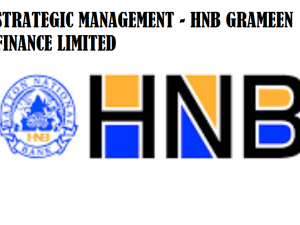Description
Growing a business through various growth strategies
There are companies, which grow by producing and marketing one or closely related products. Some examples are Toyota (Land Vehicles), and Star Bucks (Coffee). There are also companies that grow through highly diversified products. Examples are Virgin Group, Hayleys, and John Keels. Companies, which produce one product, enjoy strategic capabilities in a well-defined domain and keeps on developing capabilities. The inherent advantages for such companies are focus on focused strategic capabilities (both skills and resources), and developing a single brand. However, there are advantages of diversifying too: Reaching varied market segments, and strategic alliance.
The inherent challenges of extensive diversification are acquiring varied strategic skills, brand development, specially choosing between a single brand and multi-branding strategy, and the design and management of differing competitive advantages. Another serious question is; can “A dog” in the BCG matrix go for diversification profitably?
Tasks
- Illustrate the growth path of a company, which begins with a single product, innovate due to demand a new version of the same product, and then diversify with a related product, and an unrelated product. You must illustrate the path in the Ansoff’s opportunity matrix. Provide explanation to justify your illustration. Make logical assumptions if needed.
- How do the concepts of Corporate, Business Level, and Operational strategies may differ in the two categories?
- Critically review the issue of “The risk of investment” in the two categories and suggest key measure to manage risks
- Do you advise a “Dog” in the BCG matrix to diversify, explain
Assessment criteria
The following criteria will be used when marking your Assignment:
- Clearly identified the growth paths of the two types and provided an acceptable explanation (20%)
- Provided a comparative explanation of how Corporate, Business Level, and Operational strategies may differ in the two categories (30%)
- Excellent presentation of investment risks in unitary business and diversified businesses, and explained measures to minimize risks (25%)
- Logical explanation for a “Dog” in the BCG matrix to diversify (10%)
- Extent and relevance of references and conformity to Harvard systems of citations (15%)





